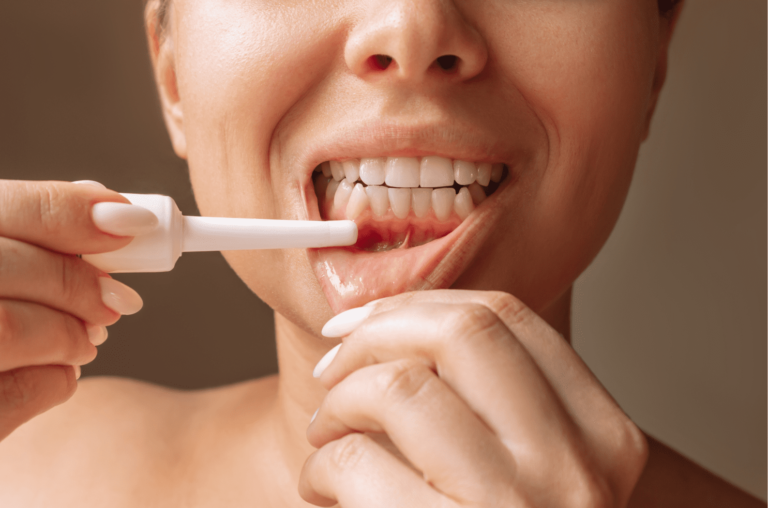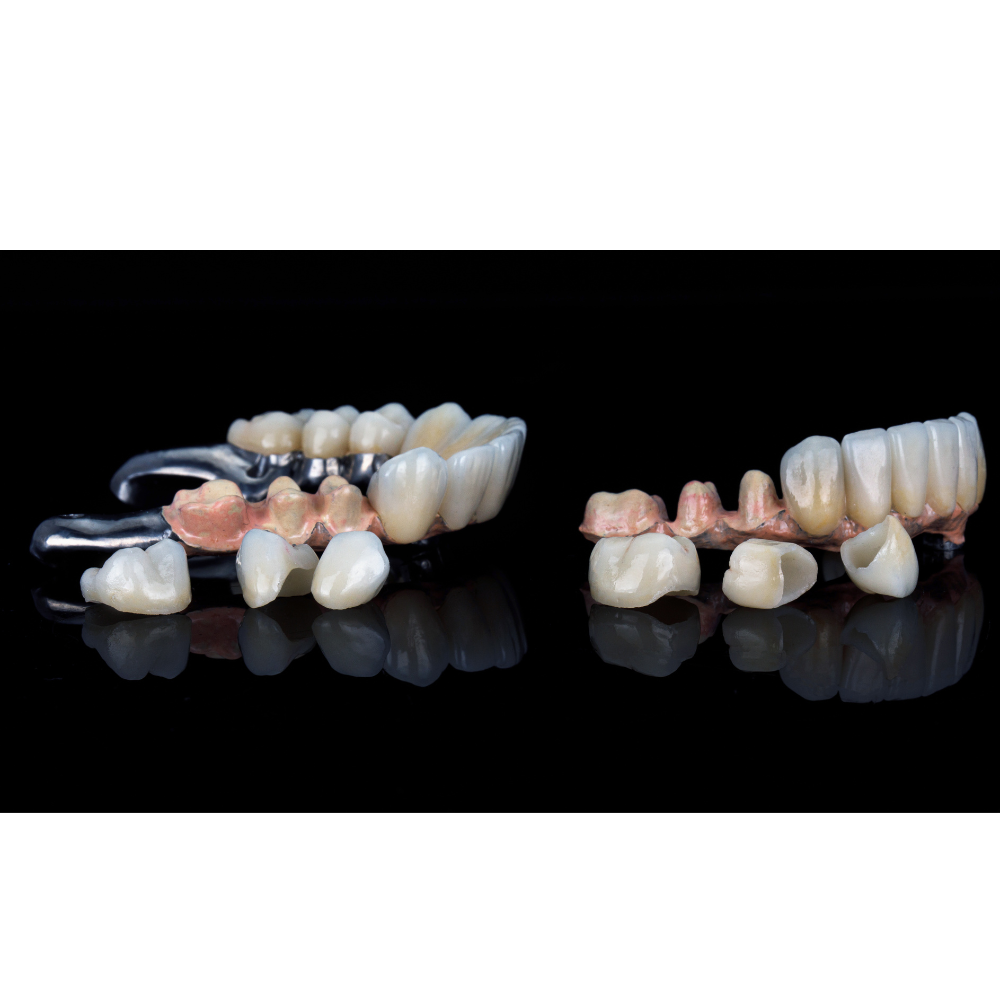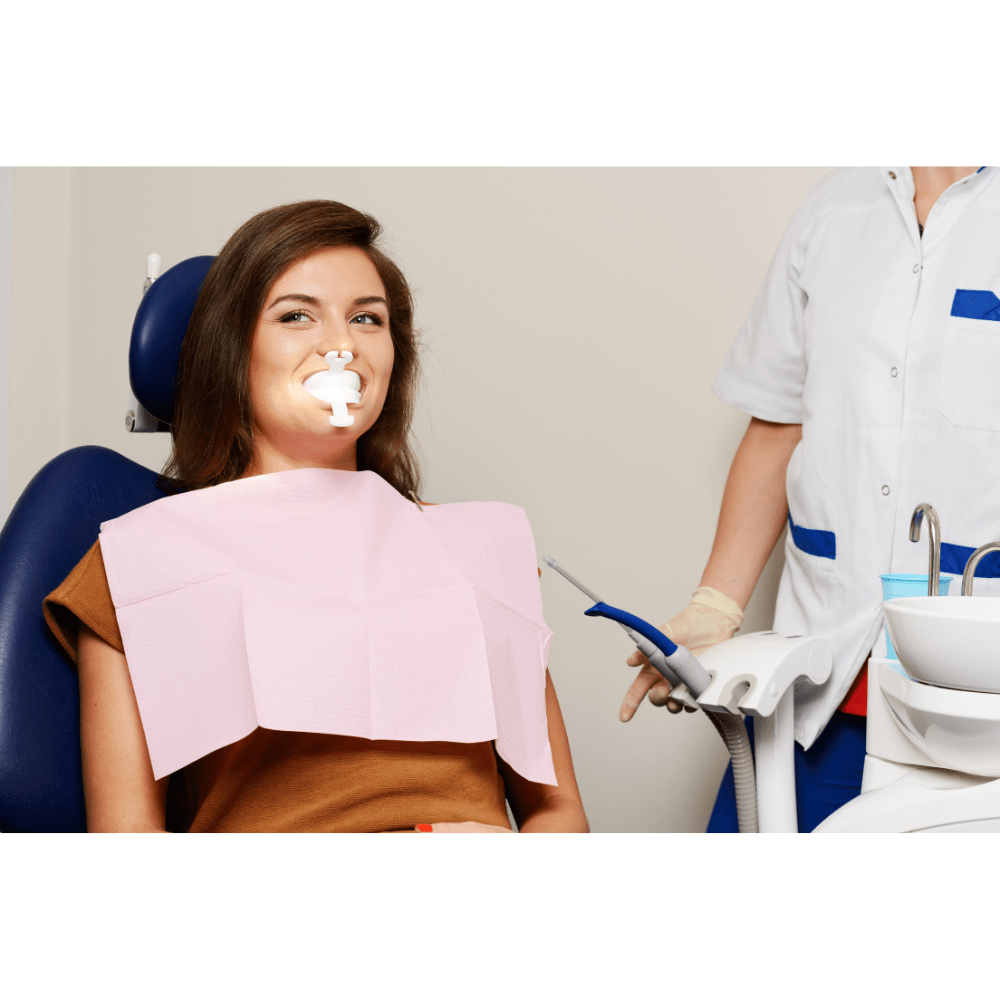What Is Tooth Lesion? | Here’s Everything About This Dental Disease
Having a healthy mouth isn’t just about a pretty smile, it’s a big part of feeling good overall! Regular dental check-ups are like pit stops for your teeth, a chance to catch any problems early. One thing dentists keep an eye out for is tooth lesions. These can happen for a bunch of reasons, but the good news is that if you catch them early, they’re usually no big deal.
Here you will get to know about the various aspects of lesions, from their causes to treatment options and preventive measures. Knowing these elements can help you take proactive steps in safeguarding your dental health and ensuring a brighter and pain-free smile. First, let’s define what exactly a tooth lesion is.
What Is Tooth Lesion?
A tooth lesion is a general term for any abnormal area that develops on the tooth’s surface or structure. These lesions can vary in size, location, and severity, and can affect the tooth’s appearance, function, and overall health.
Symptoms Of A Dental Lesion
Visible changes:
Discoloration like white, brown, black spots, cracks, chips, or rough patches on the tooth surface.
Sensitivity:
Pain or discomfort when exposed to hot, cold, sweet, or sour foods and drinks.
Pain:
Toothaches or throbbing pain, especially when biting or chewing.
Swelling:
Inflammation or puffiness around the gums near the affected tooth.
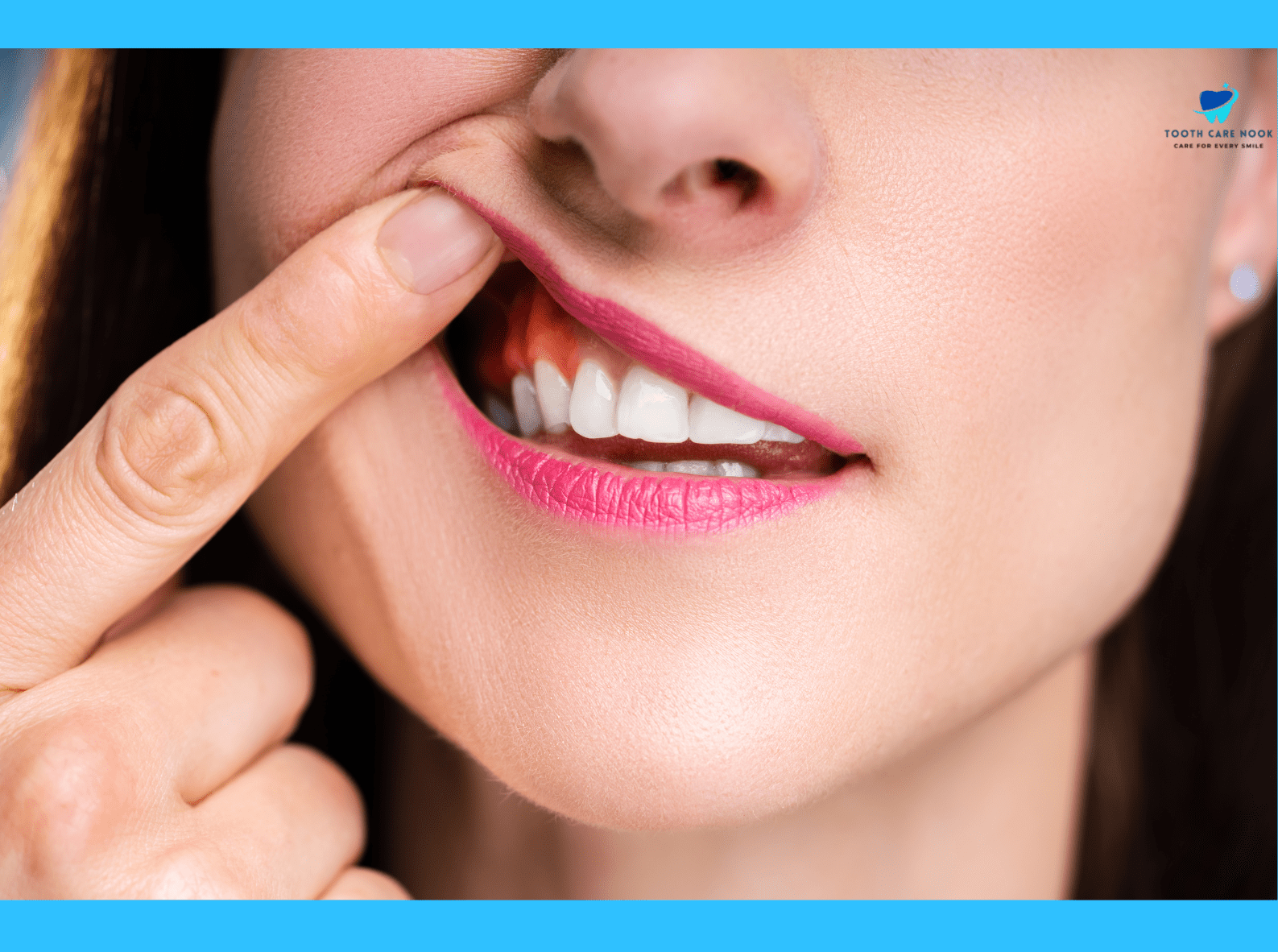
Different Types Of Lesions On Teeth
The following are the different types of lesions on teeth:
Dental Caries:
The undisputed champion of tooth lesions and cavities are caused by bacteria feasting on sugary foods and drinks. These bacteria produce acid that erodes tooth enamel, creating a cavity.
Enamel Erosion:
Unlike cavities caused by bacteria, enamel erosion happens due to acidic substances wearing away the tooth’s hard outer layer. This erosion can be caused by acidic foods and drinks, gastric reflux disease, or even certain medications.
Cracks and Fractures:
These lesions on teeth can occur due to various factors like trauma, clenching or grinding teeth, or large existing cavities weakening the tooth structure.
Periapical Lesions:
Periapical lesions are fluid-filled sacs that develop around the apex of the tooth root. The apical lesion is another name for the periapical lesion. These lesions are caused by inflamed or infected dental pulp, the tooth’s innermost layer that contains nerves and blood vessels.
Dentin Hypersensitivity:
This type of lesion doesn’t directly affect the tooth structure itself. Dentin hypersensitivity occurs when the dentin layer becomes exposed. This exposure can happen due to gum recession, worn enamel from erosion or brushing too hard, or a cracked tooth.
What Causes A Dental Lesion?
The following reasons can cause a dental lesion:
- The most common culprit is bacteria in the mouth, especially for cavities and gum disease.
- Direct trauma to the tooth can cause cracks, and chips, or even expose the dentin layer, leading to sensitivity.
- Sugary or acidic foods and drinks can contribute to cavities and erosion of tooth enamel.
- Smoking, tobacco use, and poor oral hygiene all increase the risk of various lesions.
- Certain medical conditions can affect oral health and contribute to lesions, like diabetes or dry mouth.
Tooth Lesion Treatment For Each Type
Dental Caries Treatment
Depending on the severity, treatment options range from fillings for minor cavities to root canals or crowns for more extensive decay.
Enamel Erosion Treatment
Treatment focuses on preventing further erosion and managing sensitivity. This might involve using toothpaste formulated for sensitive teeth, dietary changes, and fluoride treatments. In severe cases, bonding or crowns may be needed to restore the tooth structure.
Dentin Hypersensitivity Treatment
Treatment aims to manage discomfort and prevent further enamel loss. Using desensitizing toothpaste, applying fluoride varnish, or addressing the underlying cause are common approaches.
Cracks and Fractures Treatment
Treatment depends on the extent of the crack/fracture. Minor cracks might be monitored, while larger ones might require fillings, crowns, root canals, or even tooth extraction in severe cases.
Periapical Lesions Treatment
The goal of treatment is to eliminate the infection and preserve the tooth whenever possible. Root canal therapy is the most common approach. In some cases, your dentist might prescribe antibiotics alongside root canal therapy to address the infection more effectively.
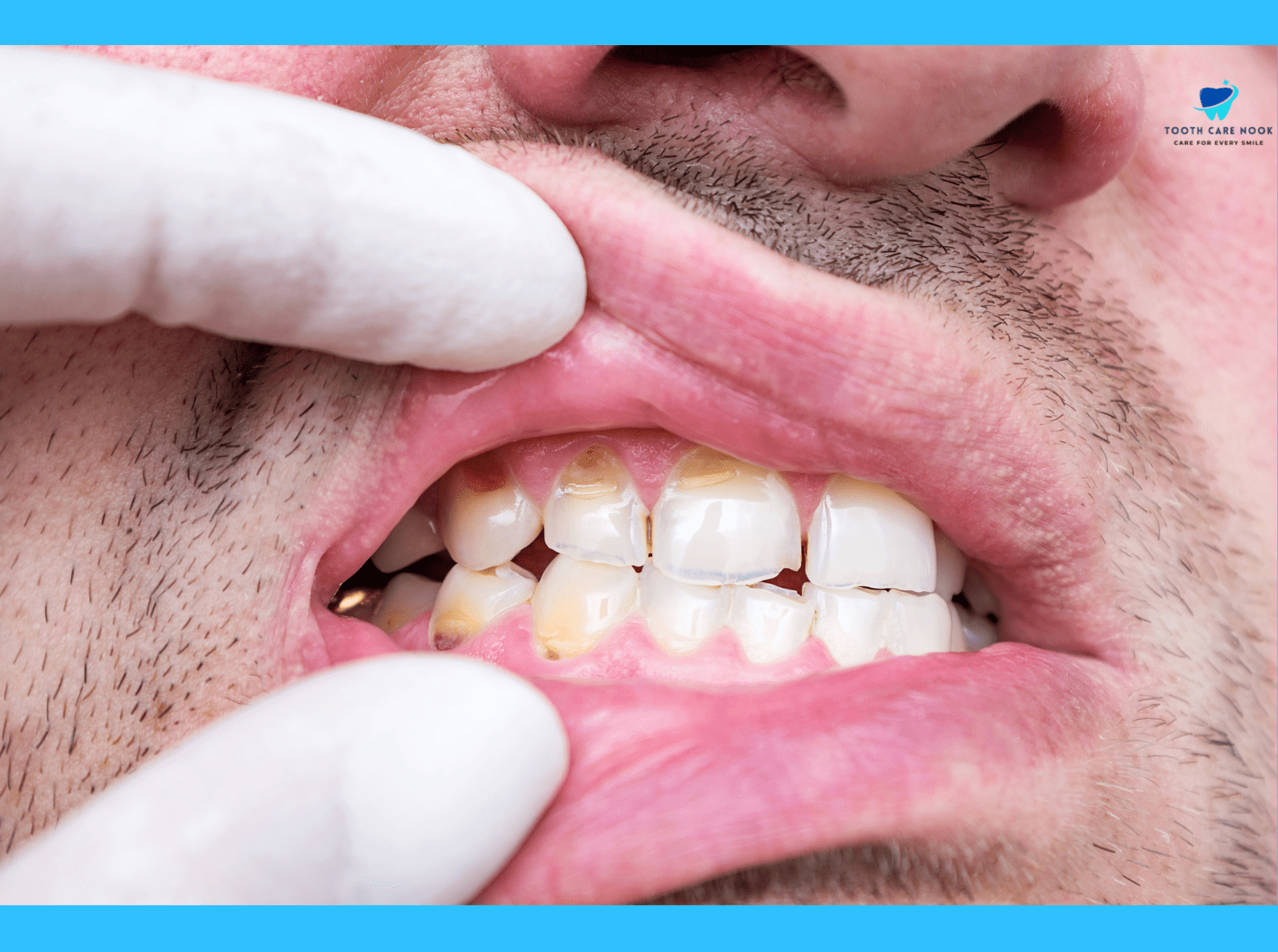
FAQs
Can A Lesion On The Tooth Root Heal On Its Own?
No, lesions on the tooth root typically don’t heal on their own. These lesions are caused by infected dental pulp, and without treatment, the infection can worsen and potentially lead to tooth loss.
Where Do Class V Lesions Occur?
Class V lesions occur on the smooth surfaces of the tooth, specifically at the gum line. This area is more susceptible to decay due to plaque buildup and can be challenging to clean effectively.
What Toothpaste Is Good For White Lesions?
If the white lesions are mild fluorosis using a regular fluoride toothpaste might be sufficient. If the white lesions are accompanied by sensitivity, using toothpaste formulated for sensitive teeth can help manage discomfort.
Do White Lesions Go Away?
Whether white lesions go away depends on the cause. As cavities won’t disappear and require dental fillings to prevent further decay. Early erosion might be arrested with fluoride treatments, but significant erosion might require bonding or crowns.

